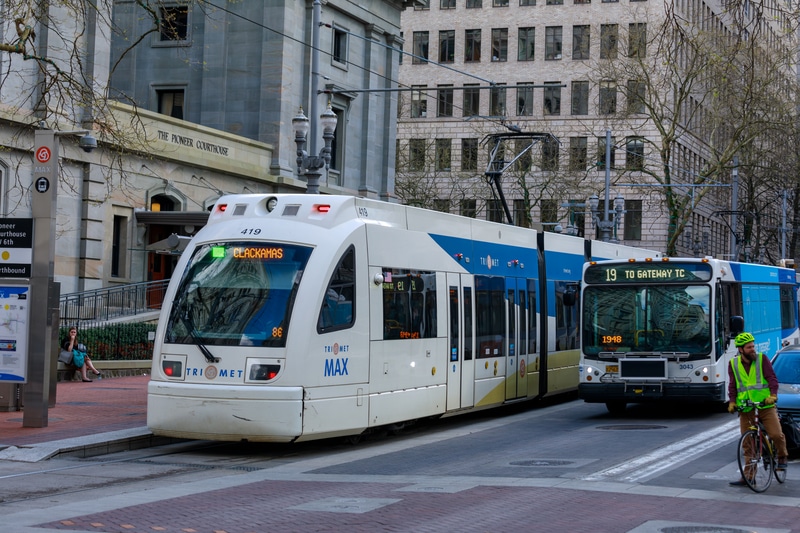
Article Highlights
U.S. transit agency TriMet of Portland, Ore., introduced open-loop payments at the same time it launched its contactless closed-loop Hop Fastpass card, in July 2017. The agency now faces challenges in shifting its emphasis to contactless EMV, including accommodating concessionary discounts and paying high interchange.
Chart: Percentage of bank card fees for TriMet
• TriMet
• INIT
U.S. transit agency TriMet of Portland, Ore., introduced open-loop payments at the same time it launched its contactless closed-loop Hop Fastpass card, in July 2017. But it promoted Hop much more than open loop for years, and not surprisingly, the closed-loop card makes up the vast majority of electronic transactions for the agency.


















